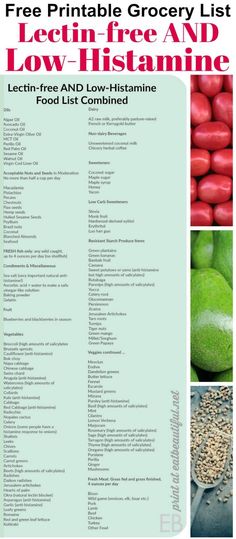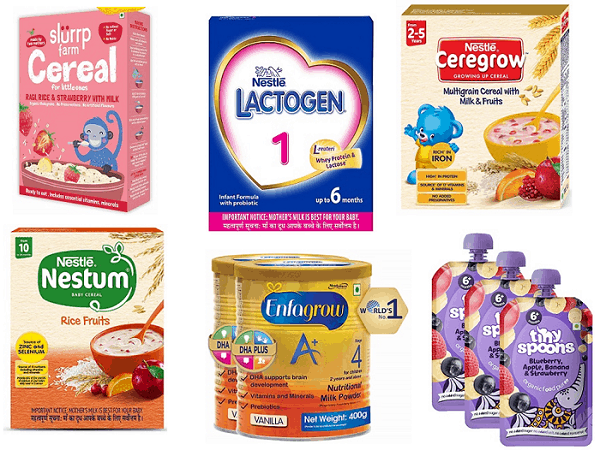How do i mix feed my baby
How to combine breast and bottle feeding
It can take several weeks for you and your baby to feel happy and confident with breastfeeding.
Once you've both got the hang of it, it's usually possible to offer your baby bottles of expressed milk or formula alongside breastfeeding.
This is sometimes called mixed or combination feeding.
Why combine breast and bottle?
You may want to combine breastfeeding with bottle feeding if you:
- are breastfeeding and want to use a bottle to offer your baby some expressed breast milk
- want to breastfeed for some of your baby's feeds, but give bottles of formula for 1 or more feeds
- are bottle feeding your baby and want to start breastfeeding
- need to leave your baby and want to make sure they have some milk while you're away
Introducing formula feeds can affect the amount of breast milk you produce. There is also a small amount of evidence to show babies may not breastfeed as well because they learn to use a different kind of sucking action at the bottle than at the breast.
These things can make breastfeeding more difficult, especially in the first few weeks when you and your baby are still getting comfortable with breastfeeding.
Your breastmilk supply will usually not be affected if you start bottle feeding your baby when they are a bit older, you are both comfortable with breastbeeding, and you breastfeed every day.
Introducing formula feeds
If you're combining breastfeeding with formula feeds both you and your baby can carry on enjoying the benefits of breastfeeding.
If you choose to introduce infant formula:
- it's best to do it gradually to give your body time to reduce the amount of milk it makes – this helps lower your chance of getting uncomfortable, swollen breasts, or mastitis
- if you're going back to work, start a few weeks beforehand to give both of you time to readjust
- if your baby is 6 months old or more and can drink milk from a cup, you may not need to introduce a bottle at all
For more information, see drinks and cups for babies.
Giving your baby their first bottle
It may take a while for a breastfed baby to get the hang of bottle feeding, because they need to use a different sucking action.
- it usually helps to give the first few bottles when your baby is happy and relaxed – not when they're very hungry
- it may help if someone else gives the first bottle feeds, so that your baby is not near you and smelling your breast milk
- you might want to try using a different position for bottle and breastfeeding
See more advice on how to bottle feed.
Restarting breastfeeding
If you want to start breastfeeding more and give your baby fewer bottles, it's a good idea to ask your midwife, health visitor or breastfeeding supporter for support.
These tips may help too:
- Hold and cuddle your baby as much as possible, ideally skin to skin. This will encourage your body to make milk and your baby to feed.

- Express your breast milk regularly. Expressing releases the hormone prolactin, which stimulates your breasts to make milk. About 8 times a day, including once at night is ideal. It may be easier to express by hand to begin with – your midwife, health visitor or breastfeeding supporter can show you how.
- Try bottlefeeding while holding your baby skin to skin and close to your breasts.
- If your baby is latching on, feed little and often. Do not worry if your baby does not feed for long to begin with. See tips on how to get your baby properly positioned and attached.
- Choose times when your baby is relaxed, alert and not too hungry, and do not force your baby to stay at the breast.
- Decrease the number of bottles gradually, as your milk supply increases.
- Consider using a lactation aid (supplementer). A tiny tube is taped next to your nipple and passes into your baby's mouth so your baby can get milk via the tube as well as from your breast.
 This helps to support your baby as they get used to attaching to the breast. Your midwife, health visitor or breastfeeding supporter can give you more information.
This helps to support your baby as they get used to attaching to the breast. Your midwife, health visitor or breastfeeding supporter can give you more information.
See more tips on boosting your milk supply.
Help and support with mixed feeding
If you have any questions or concerns about combining breast and bottle feeding:
- talk to your midwife, health visitor or breastfeeding supporter
- call the National Breastfeeding Helpline on 0300 100 0212 (9.30am to 9.30pm, every day)
- find breastfeeding support near you
Video: why combine breast and bottle feeding?
In this video, 3 mothers discuss ways to combine breast and bottle feeding.
Media last reviewed: 22 March 2020
Media review due: 22 March 2023
Page last reviewed: 8 October 2019
Next review due: 8 October 2022
Mixed feeding | Pregnancy Birth and Baby
Mixed feeding | Pregnancy Birth and Baby beginning of content4-minute read
Listen
Mixed feeding is when a baby is fed formula as well as breastmilk. Most Australian women would prefer to exclusively breastfeed and 9 out of 10 women start off breastfeeding their newborn. However, for some women, breastfeeding doesn't work out the way they think it will.
Most Australian women would prefer to exclusively breastfeed and 9 out of 10 women start off breastfeeding their newborn. However, for some women, breastfeeding doesn't work out the way they think it will.
Mixed feeding involves giving your baby formula and:
- milk fed directly from your breast; or
- expressed breastmilk; or
- donor breastmilk
Reasons for mixed feeding
Although exclusive breastfeeding for the first 6 months is the ideal start for your baby, there are reasons why a mother may consider mixed feeding. These include:
Issues with breastfeeding
Sometimes breastfeeding can be difficult for the mother or baby. Problems they could face include:
- having sore, cracked or bleeding nipples
- painful, blocked ducts in the breasts
- mastitis, an inflammation of the breast that can cause pain and flu-like symptoms
- oral thrush and/or breast and nipple thrush
- nipple vasospasm (when blood vessels in the nipple tighten and go into spasm, preventing blood from flowing normally) — particularly when cold
- problems feeding with inverted or flat nipples
- problems with the baby attaching to the breast, caused by technique, tongue-tie, cleft palate or other issues
- a baby becoming 'fussy' at the breast or refusing to feed
It is your choice whether you move to mixed feeding — and any breastfeeding you have managed to do for your baby is a success. It's important to know, however, that you can receive help with many of the above issues and this could allow you to continue or return to exclusive breastfeeding.
It's important to know, however, that you can receive help with many of the above issues and this could allow you to continue or return to exclusive breastfeeding.
Low breastmilk supply
It's possible you might feel that you are not supplying enough breastmilk for your baby. This can often be resolved by finding out whether you actually do have a low supply and if so, by taking steps to increase the amount of breastmilk you are producing. Low breastmilk supply may be temporary and many mothers are able to build up their supply so it's enough for their baby. While doing this, they may decide to feed their baby donor milk, or mixed feed them with formula.
A small percentage of women, however, have a low supply of milk because they don't have enough milk-producing breast tissue. This may be due to a previous breast reduction or surgery or other medical condition. If they can still produce some breastmilk, these mothers may choose to feed their baby both breastmilk and formula.
Baby with low weight
A parent who is considering mixed feeding may be worried that their baby is losing or not gaining enough weight. All babies grow differently and their weight may change at different times. Your baby record book may have a growth chart that can help you assess and follow your baby's growth.
Sometimes a lower baby weight is nothing to be concerned about, or it lasts for a short period of time due to a temporary milk supply issue or problem feeding. Alternatively, your baby could be sick, have a medical condition or be sensitive to something you are eating.
A baby may benefit from mixed feeding if they were born very prematurely (earlier than 32 weeks), have a very low birth weight (less than 1,500 g) or are very sick.
Not being at home
Some women may consider mixed feeding because they are uncomfortable breastfeeding in a public place, or because they are returning to work. Although some mothers successfully combine breastfeeding with returning to work, others may prefer not to.
Where can I get help?
It's important to know that many breastfeeding or weight gain issues can be resolved and that help is available to you. You can also receive support and help if you decide to go ahead with mixed feeding your baby.
You can call Pregnancy, Birth and Baby on 1800 882 436 to speak to a maternal child health nurse for advice and support. Alternatively, you can contact:
- your doctor
- your maternal child health nurse
- your midwife
- the Australian Breastfeeding Association Breastfeeding Helpline: 1800 686 268 (1800 mum 2 mum)
- a registered lactation consultant
I've decided to mix feed my baby
If you are planning to go back to exclusive breastfeeding after mixed feeding, you will need to keep up the supply of your breastmilk. One of the above healthcare professionals or organisations can help you to do this, so it's important to speak with them first.
They will also be able to help you manage your mixed feeding, depending on your circumstances and the baby's age. They can advise you on:
They can advise you on:
- how much formula to give your baby
- how many times a day to give formula
- when to move back to exclusive breastfeeding, if relevant
You can also find out more about how to feed your baby with formula here.
Sources:
Australian Breastfeeding Association (Increasing supply), Australian Breastfeeding Association (Baby weight losses and weight gains), Raising Children Network (Sore nipples and nipple infections), Australian Breastfeeding Association (Mixed feeding), Australian Breastfeeding Association (When breastfeeding doesn’t work), Raising Children Network (Breastmilk), Australian Family Physician (Overcoming challenges faced by breastfeeding mothers), Australian Breastfeeding Association (How long should I breastfeed my baby?), The Royal Women’s Hospital (Breastfeeding problems), Australian Breastfeeding Association (Can you return to work and still breastfeed?), Raising Children Network (Mixed feeding: Supplementing breastfeeding with formula)Learn more here about the development and quality assurance of healthdirect content.
Last reviewed: June 2020
Back To Top
Related pages
- Feeding your baby with formula
- Breastfeeding your baby
Need more information?
Mixed feeding | Australian Breastfeeding Association
Regardless of whether a mother exclusively breastfeeds, exclusively uses formula or does a combination (mixed feeding), she has done her very best and has made decisions that were right at the time, based on the support and information she had available to her.
Read more on Australian Breastfeeding Association website
Mixed feeding: supplementing with formula | Raising Children Network
Worried your baby isn’t getting enough breastmilk? Mixed feeding, or supplementing with formula, might help. Start by talking with your midwife, nurse or GP.
Start by talking with your midwife, nurse or GP.
Read more on raisingchildren.net.au website
Breastfeeding your toddler | Australian Breastfeeding Association
The nutritional benefits of breastfeeding in the first year of life are well-documented and they do not cease after 12 months.Breastfeeding your toddler can provide 29% of his daily energy needs, 43% of protein requirements, 75% of vitamin A requirements and 60% of vitamin C. Read about breastfeeding toddlers.
Read more on Australian Breastfeeding Association website
Cup feeding | Australian Breastfeeding Association
Cup Feeding – Dr Jack NewmanCup Feeding - Global Health Media6 month old baby cup feeding
Read more on Australian Breastfeeding Association website
Weaning
Weaning is what happens as you stop breastfeeding your baby or toddler.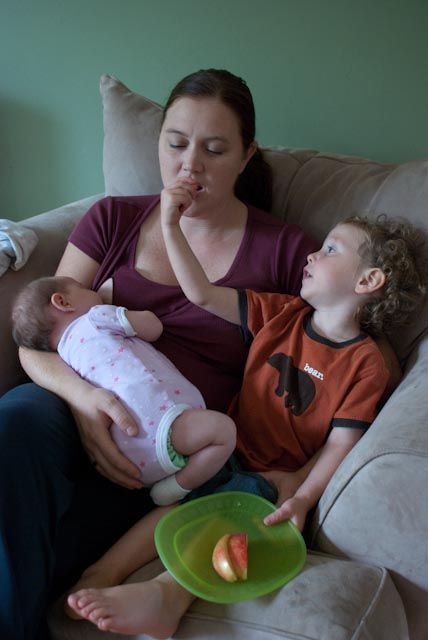 Find out here how to start weaning your child to a bottle or cup.
Find out here how to start weaning your child to a bottle or cup.
Read more on Pregnancy, Birth & Baby website
When can babies drink water?
You may wonder when it is safe to start giving your baby water. Whether you are breastfeeding or formula feeding, learn how and at what age to get started.
Read more on Pregnancy, Birth & Baby website
How your baby gains weight
All babies will gain weight differently, but there are some guidelines for healthy weight gain.
Read more on Pregnancy, Birth & Baby website
Breastfeeding tips - Ngala
There are many things you can do to support breastfeeding as your baby grows and develops
Read more on Ngala website
How will you feed your baby?
One of the most important choices you need to make as a new mum is how you will feed your baby. Find out about the different options.
Find out about the different options.
Read more on Pregnancy, Birth & Baby website
Feeding twins
Find practical tips on breastfeeding or bottle feeding your twins.
Read more on Pregnancy, Birth & Baby website
Disclaimer
Pregnancy, Birth and Baby is not responsible for the content and advertising on the external website you are now entering.
OKNeed further advice or guidance from our maternal child health nurses?
1800 882 436
Video call
- Contact us
- About us
- A-Z topics
- Symptom Checker
- Service Finder
- Linking to us
- Information partners
- Terms of use
- Privacy
Pregnancy, Birth and Baby is funded by the Australian Government and operated by Healthdirect Australia.
Pregnancy, Birth and Baby is provided on behalf of the Department of Health
Pregnancy, Birth and Baby’s information and advice are developed and managed within a rigorous clinical governance framework. This website is certified by the Health On The Net (HON) foundation, the standard for trustworthy health information.
This site is protected by reCAPTCHA and the Google Privacy Policy and Terms of Service apply.
This information is for your general information and use only and is not intended to be used as medical advice and should not be used to diagnose, treat, cure or prevent any medical condition, nor should it be used for therapeutic purposes.
The information is not a substitute for independent professional advice and should not be used as an alternative to professional health care. If you have a particular medical problem, please consult a healthcare professional.
Except as permitted under the Copyright Act 1968, this publication or any part of it may not be reproduced, altered, adapted, stored and/or distributed in any form or by any means without the prior written permission of Healthdirect Australia.
Support this browser is being discontinued for Pregnancy, Birth and Baby
Support for this browser is being discontinued for this site
- Internet Explorer 11 and lower
We currently support Microsoft Edge, Chrome, Firefox and Safari. For more information, please visit the links below:
- Chrome by Google
- Firefox by Mozilla
- Microsoft Edge
- Safari by Apple
You are welcome to continue browsing this site with this browser. Some features, tools or interaction may not work correctly.
“I feed my baby with store-bought puree, which means I’m a bad mom”
About nutrition
- Photo
- SDI Productions/Getty Images/E+
family psychologist
maternity school psychologist “I,0 mum & dad” 9014 How gourmets grow up
Irina provides her son Kirill with the best from birth. A newborn baby has the most fashionable hats and pants, the most expensive cradle, the highest quality baby cosmetics. What can we say about food - only freshly grated vegetables, meat and cereals. “When I cook myself, I know what the puree consists of. I can’t imagine Kirill eating baby food from a glass jar,” says the young mother.
A newborn baby has the most fashionable hats and pants, the most expensive cradle, the highest quality baby cosmetics. What can we say about food - only freshly grated vegetables, meat and cereals. “When I cook myself, I know what the puree consists of. I can’t imagine Kirill eating baby food from a glass jar,” says the young mother.
Olga Yelenskaya, a family psychologist, considers mother's desire to give her child the best is absolutely natural. Sometimes moms and dads try to impose on the child what they didn’t have, or do everything exactly as their parents tell them. And the older generation is extremely suspicious of “all this chemistry”. Partly, by the way, because in their youth, baby food was simply not available. Then why is it now grandchildren?
“To teach a child to do the very best is a somewhat dangerous business both for parents and for the child. Once you do not make mashed potatoes with your own hands, you will feel guilty. Negative emotions will be passed on to the baby. And what will you do when, after a few years, you cannot send your child to study at that very best elite school?” Olga Yelenskaya predicts. By the way, Irina's perfectionism towards her son wavered on the day when she first tried to feed him baby food. Kirill spat out the puree with an angry air.
And what will you do when, after a few years, you cannot send your child to study at that very best elite school?” Olga Yelenskaya predicts. By the way, Irina's perfectionism towards her son wavered on the day when she first tried to feed him baby food. Kirill spat out the puree with an angry air.
As for the salt in the products that mothers give to their child, when preparing mashed potatoes at home, adults are guided by their own taste. Pediatricians say that the needs and tastes of a child and an adult are different. That is why baby food from a jar seems to mom equally insipid. As prescribed by pediatricians, the standard salt content is limited to 200 mg per 100 g of baby food.
What is more useful?
Many mothers mistakenly believe that homemade mashed potatoes are healthier because they do not contain preservatives and are served immediately, rather than stored in a jar for several months. This assumption nutritionists dismiss immediately. Control over the contents of baby food, over the process of its manufacture and storage conditions is very strict. According to GOST, it should not contain pesticides, preservatives, sweeteners, dyes, GMOs. For the preparation of meat baby food, that part of the carcass is used, which, according to experts, cannot contain harmful elements.
According to GOST, it should not contain pesticides, preservatives, sweeteners, dyes, GMOs. For the preparation of meat baby food, that part of the carcass is used, which, according to experts, cannot contain harmful elements.
As for vegetables, they are tested so carefully that they become more reliable than ordinary vegetables. Moreover, vegetables, fruits and cereals for children's consumption are grown in special farms. Thus, the content of nitrates in baby food is lower than 25 mg per 100 g. For comparison: in young carrots grown without fertilizers, the content of nitrates can reach 90 mg for the same weight.
- Photo
- LSOphoto/Getty Images/iStockphoto
Edible help
Baby food is simply indispensable for mothers who, firstly, are not very experienced in feeding a child, and secondly, for those who have to take their baby with them when leaving home for a long time. Maria feeds her 8-month-old daughter with baby food, mixing it with home-cooked food.
Maria feeds her 8-month-old daughter with baby food, mixing it with home-cooked food.
“When I fed Anya only the puree that I cooked myself, I did not know how much food my daughter needed by volume. Anya could eat a full plate and demand more, ”the 22-year-old mother shares her experience. On jars of baby food, the nutritional value is indicated, the age at which they can be fed to a child. On some packages they write what to mix mashed potatoes or juice with. Thus, having carefully studied the label, it is extremely difficult to make a mistake in drawing up a schedule and a menu for feeding a child.
Despite the content of nutrients in baby food, experts recommend mixing it with other products. From a nutritional culture point of view, these formulas facilitate a quick transition from a dairy-based diet to a varied one. It is easy to add first one, then two and three spoons of vegetables to the baby bottle so that the child gradually gets used to the change in taste and texture of food. Food in jars is convenient to take with you when you need to leave the house for a long time with your baby. Imagine that you are packing a blender, cutlery and other utensils needed to prepare baby food in a bag ...
Food in jars is convenient to take with you when you need to leave the house for a long time with your baby. Imagine that you are packing a blender, cutlery and other utensils needed to prepare baby food in a bag ...
Modern technologies make it possible to preserve the beneficial properties of baby food without preservatives.
To cook means to love!
For a long time, the culture of cooking and eating has become not only the satisfaction of the primary needs of a person, but also a ritual. Food prepared with love always tastes better. Sometimes the understanding of this moment comes to mothers just to the extreme. If I do not cook for my child myself, but buy baby food in a store, then I am a bad mother. And a sense of guilt drives a diligent mother to the kitchen. “In order for the child to be satisfied, you need to cook the food yourself,” many women argue, “otherwise I am a bad mother. And what child would love such a mother?
“Deep attachment to the baby arises immediately after birth. This is already an expression of boundless love. It does not matter what the mother feeds the child - food prepared by herself or bought in a store; the message of love when feeding is an expression of attitude towards the baby, ”says Oleg Tyutin, a psychologist at the Me, Mom & Dad school for pregnant women.
This is already an expression of boundless love. It does not matter what the mother feeds the child - food prepared by herself or bought in a store; the message of love when feeding is an expression of attitude towards the baby, ”says Oleg Tyutin, a psychologist at the Me, Mom & Dad school for pregnant women.
If a mother needs to confirm her love with some kind of “personal” contribution, then there are not only culinary opportunities for this. Any communication with a child also brings positive emotions. Even if you are not a born singer or cook, present everything with love! In human relations, the principle “not what, but how” works.
More useful and interesting materials about baby food - in our channel on Yandex.Zen.
Gala Svechkopalova
What to feed a child - "Food"
The current situation is a serious test of the strength of family ties and parental love. When schools and kindergartens are closed, moms and dads have to figure out how to entertain children 24 hours a day, what to feed, how to entertain and don't go crazy with it.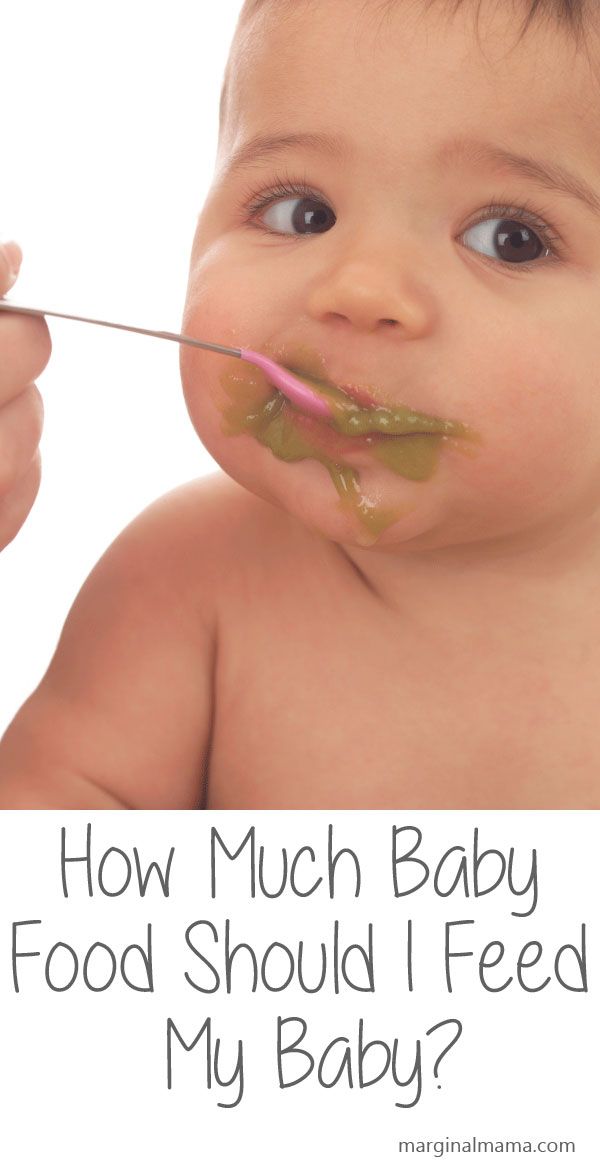 And if you find it difficult to establish a daily life in lack of school canteens, kindergarten lunches and children's menus in restaurants, then you are not alone in the world. For self-doubting dads and moms Liz Ganzor, nutritionist at the Harvard Public Health Institute, wrote the instruction "Baby food in quarantine." Nothing it does not offer anything revolutionary, but to speak again the familiar truths, helping to make food at home boring and complete, will not be superfluous. And in addition to theory, a little practice - we have collected 11 simple and understandable recipes for dishes from available products, which suitable not only for children, but also for the whole family.
And if you find it difficult to establish a daily life in lack of school canteens, kindergarten lunches and children's menus in restaurants, then you are not alone in the world. For self-doubting dads and moms Liz Ganzor, nutritionist at the Harvard Public Health Institute, wrote the instruction "Baby food in quarantine." Nothing it does not offer anything revolutionary, but to speak again the familiar truths, helping to make food at home boring and complete, will not be superfluous. And in addition to theory, a little practice - we have collected 11 simple and understandable recipes for dishes from available products, which suitable not only for children, but also for the whole family.
Excerpts from "Baby Food Under Quarantine" by Liz Ganzor:
- Food must be prepared naturally. naturalness implies the rejection of factory semi-finished products for long-term storage, stuffed with preservatives. Family dinner prepared by mom, not a semi-finished product thawed in the microwave, gives the child a feeling of care and security, which is especially important today.
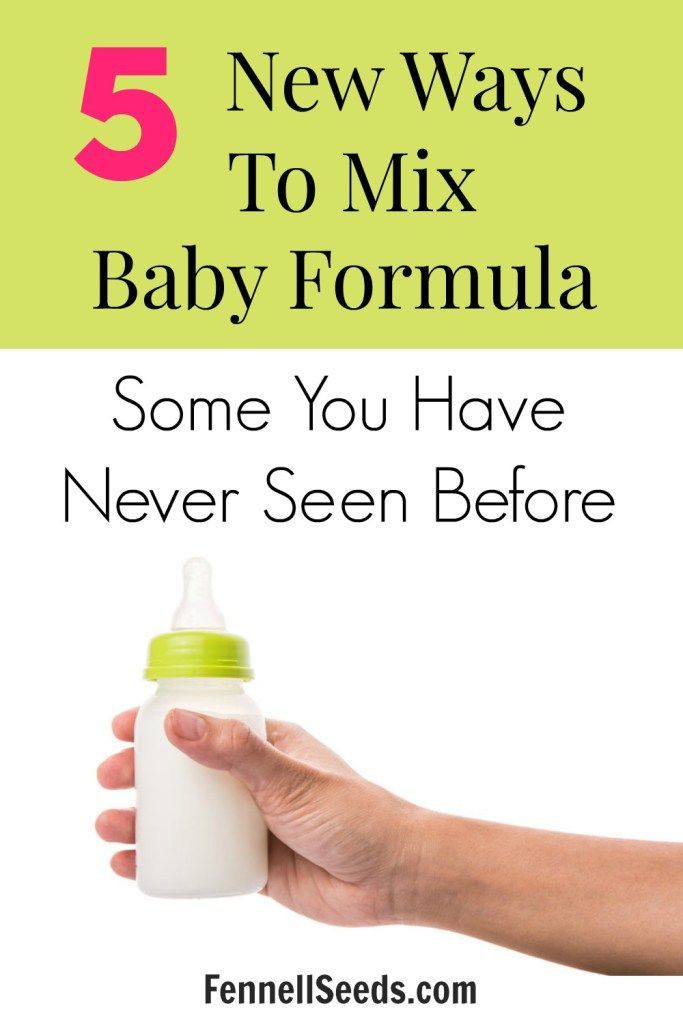
- Learn to calmly accept the ability of the child yourself determine the right amount of food for him. Today he might want to eat less, tomorrow - more, there is nothing wrong with that ... But the psychological blackmailing adults, even if they are well-intentioned, causes the child to perceive food as a means manipulations: here we finish the soup, my mother will be pleased, and they will allow me to play phone. So the child stops “hearing” his own appetite, and here it’s not far from serious eating disorders.
- Up to 14 years, the child literally "eats with his eyes": attractive the appearance of the dishes can make him sympathize with homemade food. Take on weapons "traffic light principle" - shades red, green and yellow arouse emotions in the mind of the child, inciting appetite. This is a handy way to do it the child's menu is complete: so, orange-yellow shades of products (pumpkins, carrots) indicate the presence of beta-carotene, red (tomatoes) - that they contain lycopene is quite a powerful immunity booster, and green signals chlorophyll, a substance which saturates blood cells with oxygen.

- Giving sweets to a child on demand, trying to distract his attention is not the best option. Fast carbohydrates - muffin, chocolate sweets, packaged juices - dramatically increase the glycemic index of the blood, lead to a burst of hyperactivity, and in as a result, you risk getting an uncontrollable monster next to you.
- Try not to deviate from the established diet. Lock the refrigerator (at least in a figurative sense) between the main food intake. Psychologists have proven that a regime failure for a child is always a signal anxiety. Although from time to time it is worth arranging a holiday of disobedience for a child, for example, having a picnic on the balcony so that life at home does not turn into a boring routine.
- Turn cooking food for fun. Have you ever wanted to learn how to bake a cake or make creme brulee? but not enough time? Now it is! And by the way, cooking with kids is fun too. adventure, and the opportunity to teach your child favorite family recipes, and the chance make a dozen stories on instagram.

- Not let yourself become a kitchen slave. Don't get depressed while cooking every day a three-course lunch, breakfast and dinner. You don't want to open restaurant at home. The world is full of dishes which taste better the next day. A soup or stew can be a few days to stand in the refrigerator.
Omelette soufflé
If ordinary fried eggs, scrambled eggs and other scrambled eggs have already breakfast you can cook an omelette in the form of a delicate airy soufflé. Essentially, this filling for french pie quiche lauren, only without the dough. The recipe attracts variety: today you can add ham to it, tomorrow - fried vegetables, smoked or salted fish or any meat, not forgetting to chop it finely.
Recipe
Breakfast French cuisine
212 14 4880
Alexey Zimin
11 ingredients 25 minutes
Chicken noodle soup
Simple and healthy chicken soup. The one that was once cooked caring mothers for us: in a clear broth, with freckles of fried onions and carrots. But a small touch - a clove added to the broth - distinguishes it from fresh catering food. Sudden separation from the office is a great excuse learn how to make noodles with your own hands, with it the soup will be even tastier and cooked quite at home.
But a small touch - a clove added to the broth - distinguishes it from fresh catering food. Sudden separation from the office is a great excuse learn how to make noodles with your own hands, with it the soup will be even tastier and cooked quite at home.
Recipe
Soups Russian kitchen Children's menu step -by -step recipes
24 7 649
Author: Food
10 Ingredients 2 hours 9000
You won’t get far on chicken noodles alone, so here’s another version of the soup for all times. Made from improvised products, nourishing due to pearl barley cereals and potatoes, not dull because of the pickle. In addition, you will be attach a pickle from an open can of cucumbers - it is added to the soup in the very end.
Recipe
Soups Russian kitchen Step -shaped recipes
12 1 354
Author: food
14 ingredients 3 hours
Cottage cheese casserole in multicooker
Cottage cheese and buckwheat are important elements healthy children's menu.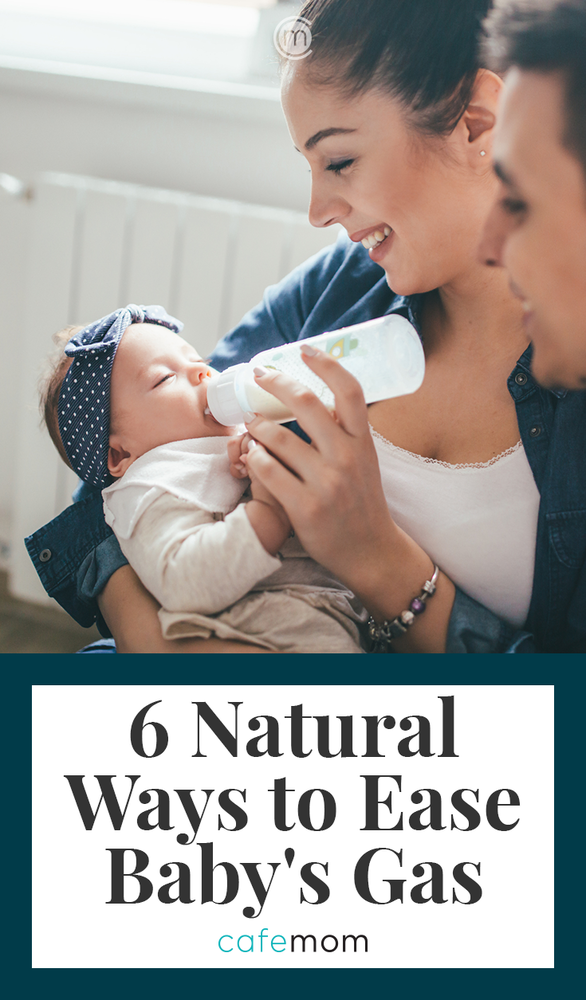 In order not to get bored on a monotonous diet, you can take and "marry". Buckwheat only needs to be boiled, everything is mixed and loaded into multicooker that will do all the work for you. If multicookers on the farm no, you can bake the casserole in the oven - at 180 degrees, 20 minutes is enough. And in as a vitamin filling, use apple slices, nuts and dried fruits.
In order not to get bored on a monotonous diet, you can take and "marry". Buckwheat only needs to be boiled, everything is mixed and loaded into multicooker that will do all the work for you. If multicookers on the farm no, you can bake the casserole in the oven - at 180 degrees, 20 minutes is enough. And in as a vitamin filling, use apple slices, nuts and dried fruits.
Recipe
Breakfasts European cuisine
15 5 410
Redmond_receipts
Content - meat, cabbage, rice - it's quite pigeons. But in a simplified version: there is no need to boil a head of cabbage in boiling water and wrap the minced meat in a cabbage leaf. Everything is just finely chopped and fried in a pan, and then lightly stewed in broth. It turns out Ideal even for inexperienced parents. Cilantro, if your child cannot stand it, can be easily replaced with parsley.
Recipe
Main dishes of world kitchen step -by -step recipes
87 15 1800
Author: Alexey Zimin
16 Ingredients 40 minutes
Meat Hedgehog
Textbook children's dish — meatballs with rice, codenamed hedgehogs. In the role of needles - rice with long grains. The dish is good because it is very easy to prepare, and also contains approximately equal amount of proteins and carbohydrates. You can serve hedgehogs without garnish, with the same sauce in which they were stewed.
In the role of needles - rice with long grains. The dish is good because it is very easy to prepare, and also contains approximately equal amount of proteins and carbohydrates. You can serve hedgehogs without garnish, with the same sauce in which they were stewed.
Recipe
Main dishes Russian cuisine Step by step recipes
21 1 531
Author:Food
10 ingredients with 14 hours of macaroni
All, with rare exceptions, children tied to hefty portions of baked macaroni with golden cheese crust. And it's not just pasta. - a whole casserole! This dish is known all over the world mac&cheese, and in it, of course, a million calories. But children, especially active ones, are not afraid. Although if If you want to lighten the plot, replace a third of the pasta with cauliflower or broccoli florets.
Recipe
Main dishes American kitchen step -by -step recipes
62 22 2198
Author: Food
9 Ingredients 55 minutes 9000
A very convenient dish in everyday life - yesterday's potato is suitable for it. puree that looks great in zrazy. Then the plot can be changed to infinity: stuff zrazy not with an egg, but with mushrooms or minced meat with green peas. And sauces vary from tomato and sour cream to tender, but not heavy bechamel sauce.
puree that looks great in zrazy. Then the plot can be changed to infinity: stuff zrazy not with an egg, but with mushrooms or minced meat with green peas. And sauces vary from tomato and sour cream to tender, but not heavy bechamel sauce.
Recipe
Main dishes Belarusian kitchen step recipes
20 6 1674
Author: Food
10 Ingredients 40 minutes 9000
Hello from childhood, which is even more valuable to parents than their heirs. Its value is rather not dietary, but psychological - in that sense that it is precisely such nostalgic things that bring us back to that distant a time when we felt carefree and completely protected from different adversity, which helps to cope with stress. By the way, you can bake them with children to keep them busy.
Recipe
Pastries and desserts Russian cuisine
86 17 877
Author:Alena
7 ingredients 90 94 frozen berries compote 90 13 minutes 40 40
Vitamin recharge, which, if you know a couple of simple things, the maximum reminiscent of a compote of fresh berries. Here's what's important: do not defrost the berries first, then they will not turn into porridge, and cook compote no longer than five minutes. Then take it off the heat and let it cool down. and brew under the lid to fully reveal the fruity taste and aroma. brew compote immediately in large pots - for children it is healthier than sugary sodas.
Here's what's important: do not defrost the berries first, then they will not turn into porridge, and cook compote no longer than five minutes. Then take it off the heat and let it cool down. and brew under the lid to fully reveal the fruity taste and aroma. brew compote immediately in large pots - for children it is healthier than sugary sodas.
Recipe
Drinks Russian cuisine
106 11 933
Author:Anna Yushchenko
The secret weapon for the most extreme case or the holiday of disobedience as it is. Recipe taken from the book "What Parisians Eat" by Anne Martinetti, a Frenchwoman working in the genre "Culinary ins and outs of literary plots". The book is preceded by a quote from play "Terrible Children" by Jean Cocteau: "Marietta took her responsibilities to heart. <…> A Breton would, of course, prefer that she was given the opportunity to cook good bourgeois dishes, but she forgave by her habits and without dispute, she obeyed the whims of children.









